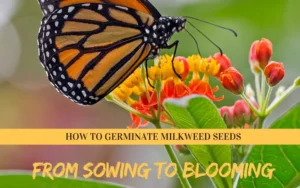Hello everyone! Have you ever tried hydroponics 💧? If not, let me tell you how the hydroponic system work, which means that the plants draw nutrients directly from water there’s no there’s no dirt that the plant is sitting in or anything.
Hydroponics is a really nice because in this case we’re groing indoors and we have no pests, we don’t need to use any sprays or anything like that it’s we can just harvest and eat it, also clean which is nice when we’ve got this indoors.
But, to truly nail down this awesome growing technique, ya gotta get the hang of one key thing – managing nutrients.
Now, I know what you’re thinkin’, “What’s the deal nutrients?” In hydroponics, nutrients be the life source of your plants. They’re like the superheroes of plants, providin’ all the essential stuff for growth and development. Without proper nutrient wranglin’, even the sophisticated hydroponic setup can flop.
But first, let me ask ya: Are you familiar with those general hydroponics nutrients? If not, no biggie – together, we’ll break ’em down in this piece. By the end, you’ll have a solid grip on keepin’ your plants as happy, makin’ sure you bring in loads of harvest. Let’s kick things off!
What is general hydroponics nutrients?
Alright, let’s talk about General Hydroponics Nutrients, from the basics to more advanced solutions. Let’s get familiar with the essential nutrients that plants need to thrive. We’re talking about macronutrients and micronutrients.
Macronutrients: The big three
Macronutrients are the heavy hitters that plants need in large quantities. They include:
- 1) Nitrogen (N): Nitrogen plays a crucial role in plant growth, particularly in vegetative stages. It’s a key component of chlorophyll, the molecule that gives plants their green color and helps them convert sunlight into energy. Nitrogen deficiency can lead to yellowing leaves and stunted growth.
- 2) Phosphorus (P): Phosphorus is essential for root development, energy transfer, and blooming. A phosphorus deficiency can result in weak plants with slow growth and poor blooming.
- 3) Potassium (K): Potassium is a vital nutrient for overall plant health. It helps regulate water balance, aids in photosynthesis, and strengthens plants’ resistance to diseases. A potassium deficiency can cause weak stems, curled leaves, and reduced growth.

Micronutrients: The supporting cast
Micronutrients, also known as trace elements, are needed in smaller quantities but are just as important. They include nutrients like calcium, magnesium, sulfur, and iron. Micronutrient deficiencies can cause various issues, such as yellowing leaves, stunted growth, and weak plants.
NPK ratios: Balancing act
When you see numbers like 20-20-20 on a fertilizer bag, those are the NPK ratios. The numbers represent the percentage of nitrogen, phosphorus, and potassium in the product. Balanced NPK ratios, like 20-20-20, provide an equal amount of each nutrient. Understanding these ratios can help you choose the right nutrient solution for your plants’ growth stages.
Now that we’ve covered the essential nutrients and their roles in plant growth, are you curious about exploring the general hydroponics nutrient Lineup? Let’s explore that in the next section!
Exploring the general hydroponics nutrient lineup
General Hydroponics has a fantastic range of nutrient solutions to help your plants reach their full potential. Let’s dive into their most popular lines and see what they have to offer!
- General hydroponics flora series: The Flora Series is a staple in the hydroponic community, thanks to its versatility and effectiveness. This three-part system consists of:
- FloraGro: This is the vegetative stage partner, packed with nitrogen and trace elements to support robust growth.
- FloraMicro: FloraMicro is a base nutrient that delivers essential micronutrients and a balanced blend of macronutrients.
- FloraBloom: As the name suggests, FloraBloom is designed for the blooming phase. It’s rich in phosphorus and potassium, promoting flowering and fruiting.
By combining these three products in various ratios, you can create a customized nutrient solution tailored to your plants’ needs throughout their growth stages.
- General hydroponics maxi Series (simplified nutrient solutions): If you’re looking for a more straightforward approach, the Maxi Series is a great option. It’s a two-part system that includes:
- MaxiGro: This is a one-step vegetative stage nutrient, providing a balanced blend of macronutrients and micronutrients.
- MaxiBloom: MaxiBloom is designed for the blooming phase, offering a balanced mix of nutrients to support flowering and fruiting.
The Maxi Series simplifies nutrient management, making it an excellent choice for beginners or those who seek a more streamlined approach.
- General hydroponics nutrients supplements and additives: general hydroponics nutrients also offers a variety of specialized supplements and additives to enhance your plants’ health and performance. These include:
- Calcium: is vital for cell growth and structural integrity.
- Magnesium: is a key component of chlorophyll, promoting photosynthesis.
- Iron: plays a crucial role in various plant processes, such as energy production and enzyme activation.
Now, are you curious about how to choose the right nutrient solution for your hydroponic setup? Let’s explore that in the next section!
Choosing the right nutrients for your plants
When it comes to hydroponics, choosing the right nutrients for your plants is crucial for their growth and overall health. But with so many options available, it can be overwhelming to know where to start. In this section, we’ll cover the key factors to consider when selecting nutrients, including plant type, growth stage, and desired outcomes.
- Plant types: Different plants have different nutrient requirements, so it’s important to choose a nutrient system that’s specifically designed for the type of plants you’re growing. For example:
- Leafy greens like lettuce or spinach need a nutrient system that’s high in nitrogen to promote leaf 🍃 growth.
- Fruiting plants like tomatoes or peppers need a nutrient system that’s high in phosphorus and potassium to support fruit 🍅 development.
- Growth stage: As your plants grow and mature, their nutrient requirements will change. During the vegetative stage, plants need more nitrogen to support leaf growth, while during the flowering stage, they need more phosphorus and potassium to support fruit development. Choosing a nutrient system that’s specifically designed for the growth stage of your plants will ensure they’re getting the right balance of nutrients at the right time ⌛.
Now, let’s talk about nutrient systems. There are three main types of nutrient systems: one-part, two-part, and three-part.
One-Part, Two-Part, and Three-Part Nutrient systems: What’s the difference?
One-part nutrient systems are the simplest and most convenient option, as they contain all the essential nutrients in a single bottle. Two-part and three-part nutrient systems, on the other hand, are more complex and require mixing two or three separate bottles to create a complete nutrient solution. While two-part and three-part systems can be more customizable, they can also be more time-consuming and require more precision.
- One-Part nutrient systems: These are basic, all-in-one solutions that contain all the necessary nutrients in a single bottle. They are simple to use and great for beginners. However, they may not provide the same level of customization as multi-part systems.
- Two-Part nutrient systems: These systems typically split macronutrients and micronutrients into two separate bottles. They offer more flexibility than one-part systems, allowing you to fine-tune your nutrient solution for different growth stages.
- Three-Part Nutrient Systems: Like the general hydroponics nutrients Flora Series, three-part systems divide nutrients into three components, each catering to specific stages of growth. They provide the highest level of customization and control, making them ideal for experienced growers and those with specific plant needs.
| Nutrient System | Advantages | Disadvantages |
|---|---|---|
| One-Part | Easy to use and convenient | Limited customization |
| Two-Part | More customization and control over nutrient levels | More time-consuming and requires more precision |
| Three-Part | Ultimate customization and control over nutrient ratios | Most time-consuming and requires the most precision |
General hydroponics nutrients recommendations
Based on your plants, growth stages, and desired outcomes, here are some general hydroponics recommendations to help you make the best decision:
- Flora Series: If you’re seeking a high level of customization and control, the Flora Series is a fantastic choice. Its three-part design allows you to tailor the nutrient solution to your plants’ specific needs.
- Maxi Series: For a more streamlined approach, the Maxi Series offers a two-part system that simplifies nutrient management. It’s ideal for beginners or those who prefer a more straightforward approach.
- Supplements and Additives: Incorporate specialized supplements and additives to give your plants an extra boost, ensuring they thrive in your hydroponic setup.
Now that we’ve covered General Hydroponics’ nutrient recommendations, let’s move on to the next important step: mixing and applying hydroponic nutrients. Are you ready to learn how to create the perfect nutrient solution for your plants? Let’s dive in!
Mixing and applying hydroponic nutrients
Have you ever wondered how to mix and apply hydroponic nutrients to ensure your plants get the right balance of nutrients? It can be a daunting task, but with the right guidance, it’s easier than you might think. In this section, we’ll cover the key steps to mixing and applying hydroponic nutrients, including measuring and mixing nutrients, adjusting pH levels, and monitoring nutrient levels.
Step-by-Step instructions for mixing general hydroponics nutrients
Now that you have chosen the perfect nutrient solution for your plants, let’s dive into the process of mixing and applying hydroponic nutrients. Proper mixing and monitoring are crucial to ensure your plants grow healthy and strong.
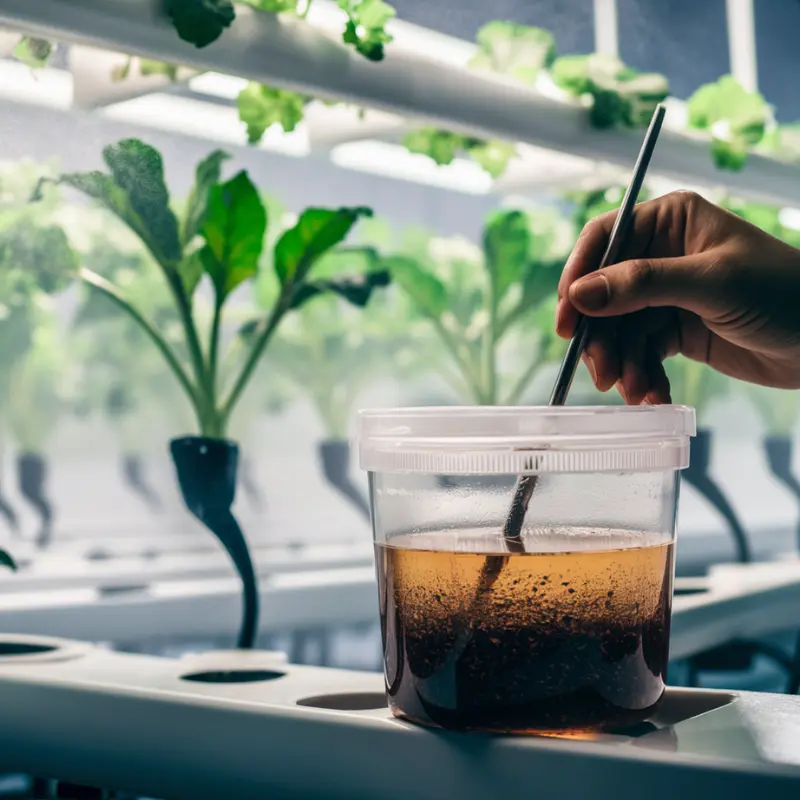
- Gather your materials: Make sure you have your chosen nutrient solution, a clean measuring cup, a mixing container, and a pH and EC meter.
- Measure accurately 📏: Follow the recommended dosage guidelines on the product label. Using a measuring cup or syringe, measure the appropriate amount of nutrient solution.
- Mix and dilute: Add the measured nutrient solution to your mixing container and dilute it with water. Stir gently to ensure even distribution. This can take some time, so be patient and make sure to stir the solution well.
- Check EC and pH levels 🔬: Before applying the nutrient solution to your plants, use a pH and EC meter to measure the electrical conductivity (EC) and pH levels. Most plants prefer an EC level between 1.2 and 2.0 and a pH level between 5.5 and 6.5, so you’ll want to aim for these ranges.
- Applying nutrients 🌱: The best way to apply hydroponic nutrients is to use a drip system or a flood and drain system, which allows the nutrient solution to be delivered directly to the roots of your plants. Be sure to follow the recommended dosages for your specific nutrient line and adjust as needed based on the growth stage of your plants.
- Monitoring nutrient uptake 📈: As your plants grow and mature, their nutrient requirements will change. That’s why it’s important to monitor nutrient levels regularly and adjust your nutrient solution as needed. You can use a nutrient meter or test strips to check the levels of key nutrients like nitrogen, phosphorus, and potassium.
Electrical conductivity (EC) measures the total dissolved solids in your nutrient solution, which indicates the nutrient concentration. A higher EC value means a higher nutrient concentration.
pH, on the other hand, measures the acidity or alkalinity of the solution. A pH level of 7 is neutral, while lower values are acidic and higher values are alkaline. Maintaining optimal pH levels is essential for your plants’ ability to absorb nutrients.
So, you’ve selected the perfect nutrient solution for your plants, but your job isn’t done yet! Keep reading 📖, it’s time to discuss some top tips for keeping your hydroponic system healthy and thriving.
How to get the most out of your hydroponic nutrients
Have you ever wondered how to get the most out of your hydroponic nutrients? With the right strategies, you can maximize nutrient uptake, improve plant health, and increase yields. In this section, we’ll cover some tips for optimizing nutrient management, including:
Choosing the right nutrient system 🌱:
When it comes to hydroponics, there are many different nutrient systems to choose from. One-part, two-part, and three-part systems each have their own advantages and disadvantages, so it’s important to choose the one that best fits your needs.
Monitoring nutrient levels 📈:
As your plants grow and mature, their nutrient requirements will change. That’s why it’s important to monitor nutrient levels regularly and adjust your nutrient solution as needed. You can use a nutrient meter or test strips to check the levels of key nutrients like nitrogen, phosphorus, and potassium.
Adjusting temperature and lighting 🌡️:
Temperature and lighting can also impact nutrient uptake. Most plants prefer a temperature between 65 and 75 degrees Fahrenheit and a light cycle of 16-18 hours per day. Be sure to adjust these factors as needed to optimize nutrient uptake.
Managing water quality 💧:
Finally, water quality is an important factor in nutrient management. Be sure to use filtered or distilled water and monitor pH and EC levels regularly to ensure that your plants are getting the right balance of nutrients. In summary, optimizing nutrient management is key to maximizing plant health and yields in hydroponic gardening.
So, are you ready to put these tips into practice and take your hydroponic gardening skills to the next level? Let’s get started! Keep reading for advanced nutrient management strategies and techniques.
Advanced nutrient techniques
As a hydroponic gardener, you’re probably always on the lookout for new ways to optimize your system’s performance, maximize plant growth and yield, and minimize water 💧 and nutrient usage. Two popular techniques in this realm are the Nutrient Film Technique (NFT) and Deep Water Culture (DWC). Let’s dive into these methods and the specific nutrient considerations for each:
Nutrient film technique (NFT)
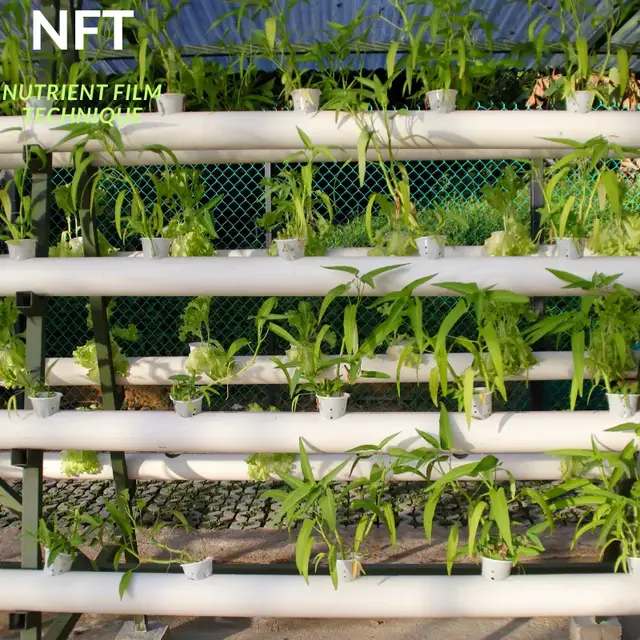
NFT is a hydroponic method where nutrient-rich water is pumped through a trough, providing the plant roots with a thin film of nutrient solution. This technique allows for efficient nutrient absorption and can greatly improve plant growth. However, it’s essential to maintain the right nutrient levels in the water to ensure optimal plant health. Some key nutrient considerations for NFT include:
- pH Levels: Keep the pH between 5.5 and 6.5, as plants can’t absorb nutrients effectively outside this range.
- Nutrient concentration: Adjust the nutrient concentration in the water based on the plant’s growth stage and nutrient requirements.
- Nutrient types: Use a balanced nutrient solution that provides all the essential elements for plant growth.
Deep water culture (DWC)
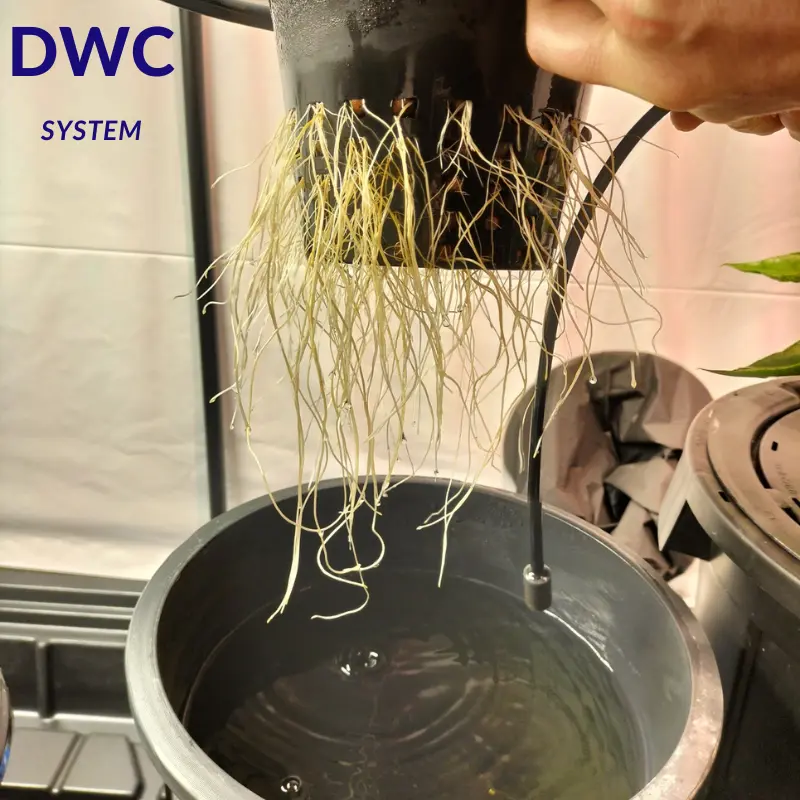
DWC is a hydroponic method where plants are grown in a nutrient-rich water solution, with their roots suspended in a net cup or air-pruning container. This technique allows for efficient nutrient uptake and can lead to rapid plant growth. When using DWC, consider the following nutrient aspects:
- Oxygenation: Ensure the water is well-oxygenated to prevent root rot and promote healthy root growth.
- Nutrient Concentration: Adjust the nutrient concentration in the water based on the plant’s growth stage and nutrient requirements.
- Nutrient Types: Use a balanced nutrient solution that provides all the essential elements for plant growth.
So, how do you manage nutrients in your NFT or DWC system? Do you have any tips or tricks for maintaining the right nutrient levels? Share your experiences and insights in the comments 💬 below.
Real-World hydroponic growers share their stories
General hydroponics nutrients are not limited to growing specific types of plants but cater to a wide range of plants, allowing growers to experiment with various species. Here are a few examples of plants that have thrived with general hydroponics nutrients:
- Leafy greens: Lettuce, spinach, and kale are just a few examples of leafy greens that can be grown hydroponically with general hydroponics nutrients.
- Fruiting plants: Tomatoes, cucumbers, and peppers are popular fruiting plants that can be grown hydroponically with general hydroponics nutrients.
- Herbs: Basil, parsley, and cilantro are just a few of the many herbs that can be grown hydroponically with general hydroponics nutrients.
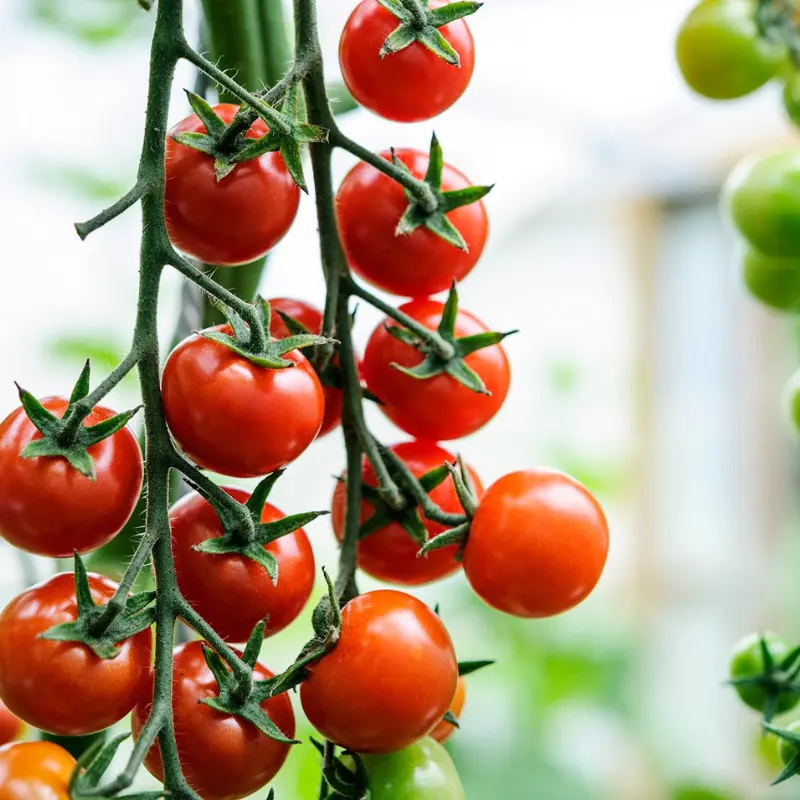
Alright, let’s get real for a sec. Hydroponics has a learning curve, but the good news is, many growers have shared their inspiring stories of success using general hydroponics results and nutrients.
“I used to struggle with maintaining the right pH levels and nutrient concentrations in my hydroponic system. But after switching to General Hydroponics nutrients, I’ve seen a significant improvement in my plants’ growth and yield” Adam, hydroponic grower
“General Hydroponics feeders make it possible to grow a variety of plants all year round, without worrying about soil or weather conditions. They are useful for any grower who is serious about hydroponics!” Matt, , hydroponic grower
Hydroponic gardening with general hydroponics nutrients has proven to be a successful and rewarding experience for many growers. By providing balanced nutrient solutions and catering to a diverse range of plants, General hydroponics nutrients have become a go-to choice for hydroponic enthusiasts. Some key takeaways and benefits of using General Hydroponics nutrients include:
- Efficient Nutrient Absorption: General hydroponics nutrients are designed to provide plants with the right nutrients at the right time, leading to optimal growth and yield.
- Diverse Range of Plants: General hydroponics nutrients can be used to grow a wide range of plants, from leafy greens to fruiting plants and herbs.
- Easy-to-Use: General hydroponics nutrients are formulated to be easy to use, making it simple for growers to maintain the right pH levels and nutrient concentrations.
As a fellow grower, I encourage you to experiment with general hydroponics nutrients in your hydroponic garden. Find the best nutrient approach that suits your plants and growing conditions. Don’t forget to share your experiences and insights with the hydroponic community.
For further learning and resources on hydroponic gardening and general hydroponics nutrients, check out the following links:
- The Ultimate Guide to Hydroponic Seeds
- Hydrogen Peroxide Dilution Calculator – A Tool for Hydroponics and Aeroponics
- General Hydroponics
Happy gardening.
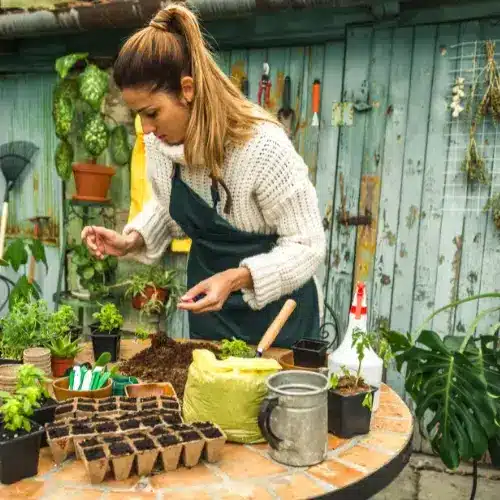
About the Author
With over a decade of hands-on experience in home garden care, I’ve cultivated a deep-rooted passion for nurturing indoor greenery.



